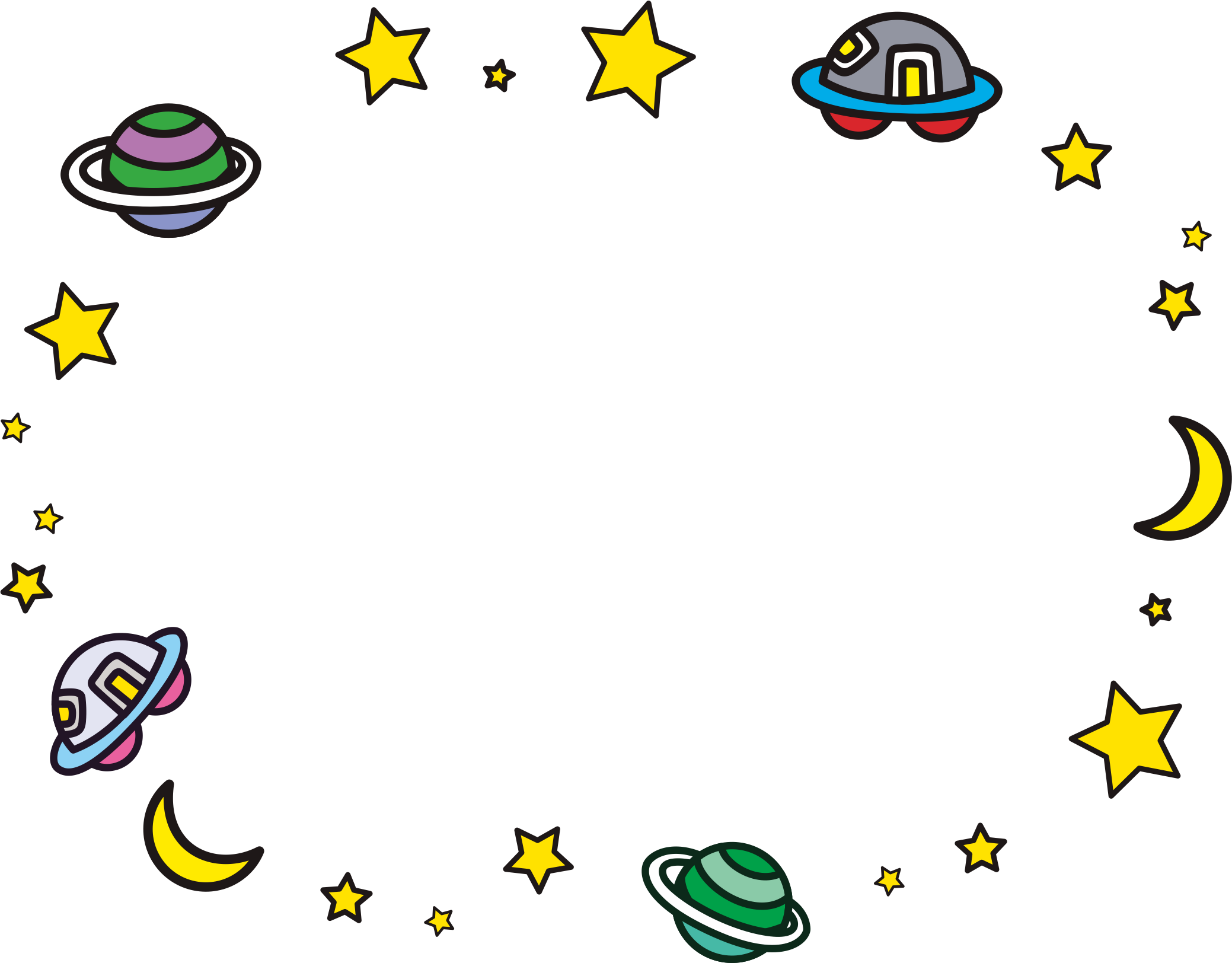
Indigenous faces began to appear more regularly too – as subjects – but it took 99 years of competition for an Aboriginal painter to actually win. After Heysen, there have been only nine other women named Archibald winners, five in the past 20 years. But this time, instead of another distinguished white man as his subject, he chose central Australian artist Albert Namatjira, defending his selection like this: “He is a member of a race which is often wrongly regarded by Australians as inferior.” Another painter, Edna Garran-Brown, also entered a Namatjira portrait that year. He won again in 1956, his eighth Archibald. Dobell was involved in lively exchanges with opposing counsel while being questioned about individual parts of the picture: “I might just as well criticise the conduct of your case by the angle of your wig.”ĭargie was not done, by the way. The painting ended up in court, accused of being a caricature.

His painting, a striking departure for the Archibald, also exposed an uneasiness among some connoisseurs about modernism. Photograph: Sir William Dobell Art Foundationįive years later, William Dobell won with a portrait of fellow artist Joshua Smith. William Dobell’s portrait of Joshua Smith (1943) ended up in court, accused of being a caricature. Nor does it seem to matter what critics think, since they’ve been attacking the show for decades. Australia has other art competitions, including the Moran, which is a richer portrait prize, but none have the conversational impact of the Archibald. To sift through the history of the prize, from the winners to the finalists, to consider the faces both recognised and neglected, is to encounter a wonderfully messy narrative, forever contested and evolving. The Archibald, which celebrates its centenary this year, has been a magnet for debate since its inception partly because of what these paintings reveal about the country around it, and how that reconciles with the stories that Australians like to tell about themselves.

If Dargie is remembered at all, it’s for his Archibald success and his work as an official war artist during the second world war his reputation has otherwise faded from view.īut that protest in 1953 was also consistent with the anxieties that have long attached themselves to this competition. Olsen’s opinion, while crude, has not aged badly. ‘The only protester to give his name to a reporter was an artist called John Olsen, who had turned 25 three days earlier.’ Photograph: National Library of Australia/Fairfax


 0 kommentar(er)
0 kommentar(er)
